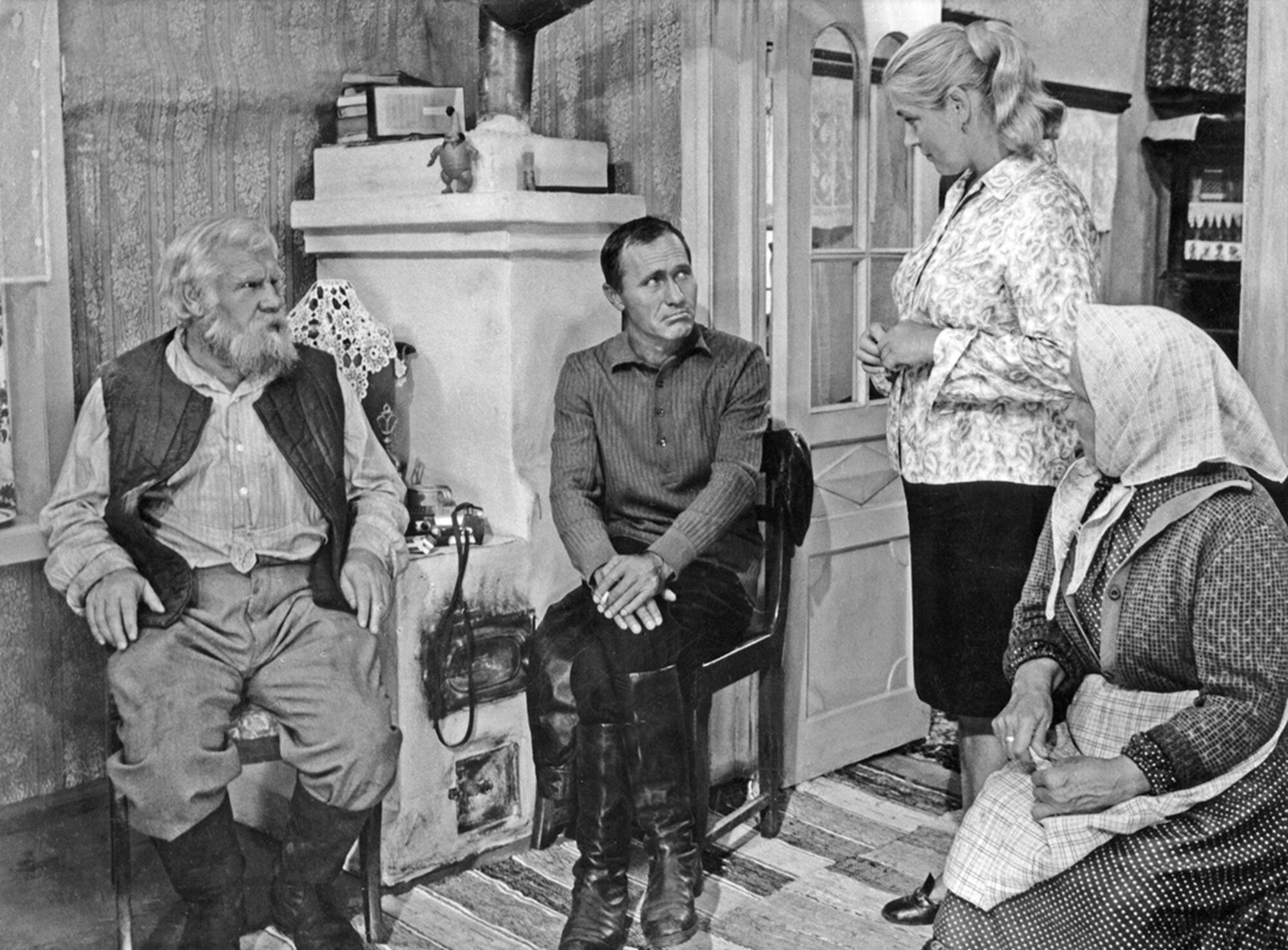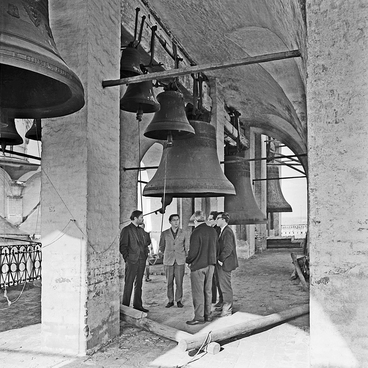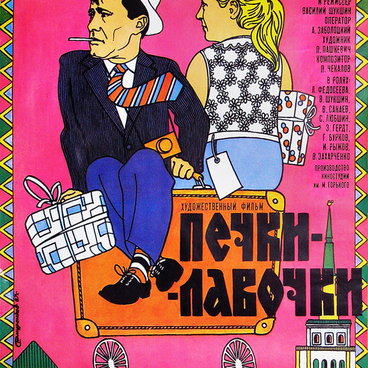The Red Snowball Tree is a full-length Soviet feature film directed by Vasily Shukshin. The motion picture was produced at Mosfilm studio in 1973 and released on the 20th of March, 1974.
The film tells the story of a thief and repeat offender Egor Prokudin, who came to visit his regular correspondent and friend Lyuba after finishing his sentence. At first, the elderly parents of Egor’s fiancée strongly opposed the idea of having such a son-in-law. But the former criminal sincerely sought to change his ways, and their relationship improved over time. However, the past caught up with Egor: he was found by his former criminal friends, who encouraged the hero’s return to the gang and killed him when they were refused. Shukshin said the following about Prokudin, “My affections are constant, both in literature and in cinema. I am researching the farmer stratum, or, to be more precise, the fate of people from peasant families. What concerns me? Having left the village, my Egor lost everything. He was carried through life like a broken branch in the wind”.
The shot from the museum’s collection depicts the scene of Egor Prokudin’s acquaintance with Lyuba’s parents. The following characters are in the forefront of the photograph: Lyuba’s mother (played by Maria Skvortsova), Lyuba Baikalova (played by Lydiya Fedoseyeva-Shukshina), Egor Prokudin (played by Vasily Shukshin), and Lyuba’s father (played by Ivan Ryzhov).
Part of the filming process took place in the village of Sadovaya in the Vologda region. Cameraman Anatoly Zabolotsky remembered, ‘The village with a strange name of Merinovo-Sadovoye is located on the shore of a small perfectly round untouched lake, which is two hundred meters in diameter. Its bathhouses are picturesquely scattered along the shores. I had to spend nights in Merinovo in order to shoot landscapes at dawn: the village was half-abandoned. Here we found locations for the Baikalov family farm, the bathhouse and the mother’s home. Almost all of the ten farms in the village have been involved’.
Filming took the spring and summer of 1973. Part of the shooting took place on white nights, which also found reflection in the visuals. According to the cameraman, the concept of the picture was enhanced by rich diversity of exterior. Furthermore, it suggested some imagery for the film.
The film tells the story of a thief and repeat offender Egor Prokudin, who came to visit his regular correspondent and friend Lyuba after finishing his sentence. At first, the elderly parents of Egor’s fiancée strongly opposed the idea of having such a son-in-law. But the former criminal sincerely sought to change his ways, and their relationship improved over time. However, the past caught up with Egor: he was found by his former criminal friends, who encouraged the hero’s return to the gang and killed him when they were refused. Shukshin said the following about Prokudin, “My affections are constant, both in literature and in cinema. I am researching the farmer stratum, or, to be more precise, the fate of people from peasant families. What concerns me? Having left the village, my Egor lost everything. He was carried through life like a broken branch in the wind”.
The shot from the museum’s collection depicts the scene of Egor Prokudin’s acquaintance with Lyuba’s parents. The following characters are in the forefront of the photograph: Lyuba’s mother (played by Maria Skvortsova), Lyuba Baikalova (played by Lydiya Fedoseyeva-Shukshina), Egor Prokudin (played by Vasily Shukshin), and Lyuba’s father (played by Ivan Ryzhov).
Part of the filming process took place in the village of Sadovaya in the Vologda region. Cameraman Anatoly Zabolotsky remembered, ‘The village with a strange name of Merinovo-Sadovoye is located on the shore of a small perfectly round untouched lake, which is two hundred meters in diameter. Its bathhouses are picturesquely scattered along the shores. I had to spend nights in Merinovo in order to shoot landscapes at dawn: the village was half-abandoned. Here we found locations for the Baikalov family farm, the bathhouse and the mother’s home. Almost all of the ten farms in the village have been involved’.
Filming took the spring and summer of 1973. Part of the shooting took place on white nights, which also found reflection in the visuals. According to the cameraman, the concept of the picture was enhanced by rich diversity of exterior. Furthermore, it suggested some imagery for the film.



